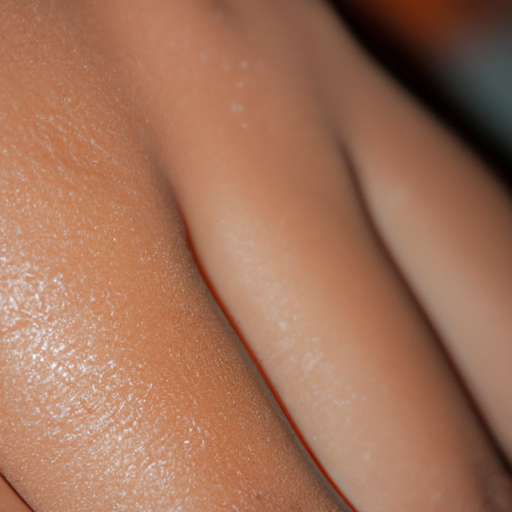Dermaplaning is a non-invasive skincare procedure that has been gaining popularity in recent years due to its ability to deliver smoother, brighter skin with minimal downtime. As an expert in the field of dermatology, I am here to unveil the secrets of dermaplaning and guide you through this revolutionary skincare treatment.
Dermaplaning is a physical exfoliation procedure that involves the use of a sterile, surgical scalpel to gently “shave” the skin’s surface, removing the top-most layer of dead skin along with fine, vellus hair (aka peach fuzz). The procedure is painless and can be performed in a dermatologist’s office or at a medical spa.
One of the main benefits of dermaplaning is that it provides immediate results. After just one treatment, you’ll notice a significant improvement in the texture and appearance of your skin. Your complexion will look brighter, smoother, and more youthful. This is because the removal of dead skin cells allows for better penetration of skincare products, enhancing their efficacy.
Another advantage of dermaplaning is that it can help reduce the appearance of acne scars. By removing the top layer of skin, dermaplaning can help to level out the skin’s surface and minimize the visibility of acne scars. It also helps to unclog pores, reducing the likelihood of future breakouts.
Despite its numerous benefits, there are some misconceptions about dermaplaning that need to be addressed. One common myth is that your hair will grow back thicker and darker after dermaplaning. This is not true. The hair on your face is different from the hair on your body; it’s softer and lighter. Dermaplaning will not change the structure or color of your facial hair.
Another misconception is that dermaplaning can cause wrinkles. Again, this is not true. Dermaplaning does not affect the elasticity or collagen production of your skin. In fact, by removing the top layer of dead skin cells, dermaplaning can actually help to stimulate the production of new skin cells, which can improve the appearance of fine lines and wrinkles.
It’s important to note that while dermaplaning is safe for most skin types, it may not be suitable for everyone. Those with active acne, rosacea, or other skin conditions should consult with a dermatologist before undergoing dermaplaning. It’s also crucial to ensure that the procedure is performed by a trained professional to avoid any potential complications.
Post-dermaplaning, your skin may be slightly more sensitive to the sun, so it’s recommended to wear a broad-spectrum sunscreen with an SPF of at least 30. Also, avoid using harsh skincare products for a few days after the treatment to allow your skin to heal and regenerate.
In conclusion, dermaplaning is a safe, effective, and non-invasive skincare treatment that can deliver smoother, brighter skin. It’s an excellent option for those looking to enhance the effectiveness of their skincare products, reduce the appearance of acne scars, and achieve a more youthful complexion. However, as with any skincare treatment, it’s important to consult with a dermatologist or skincare professional to determine if dermaplaning is right for you.



